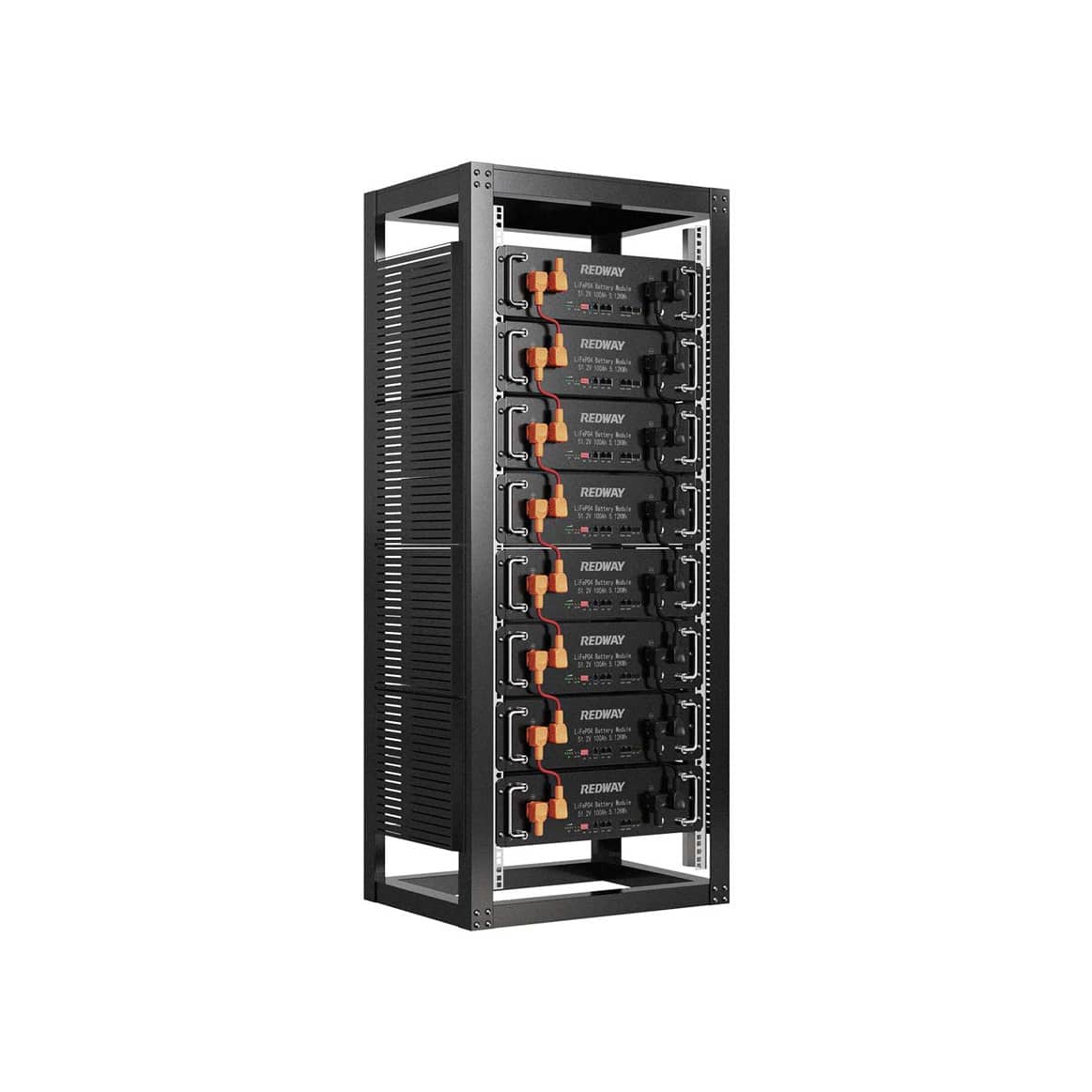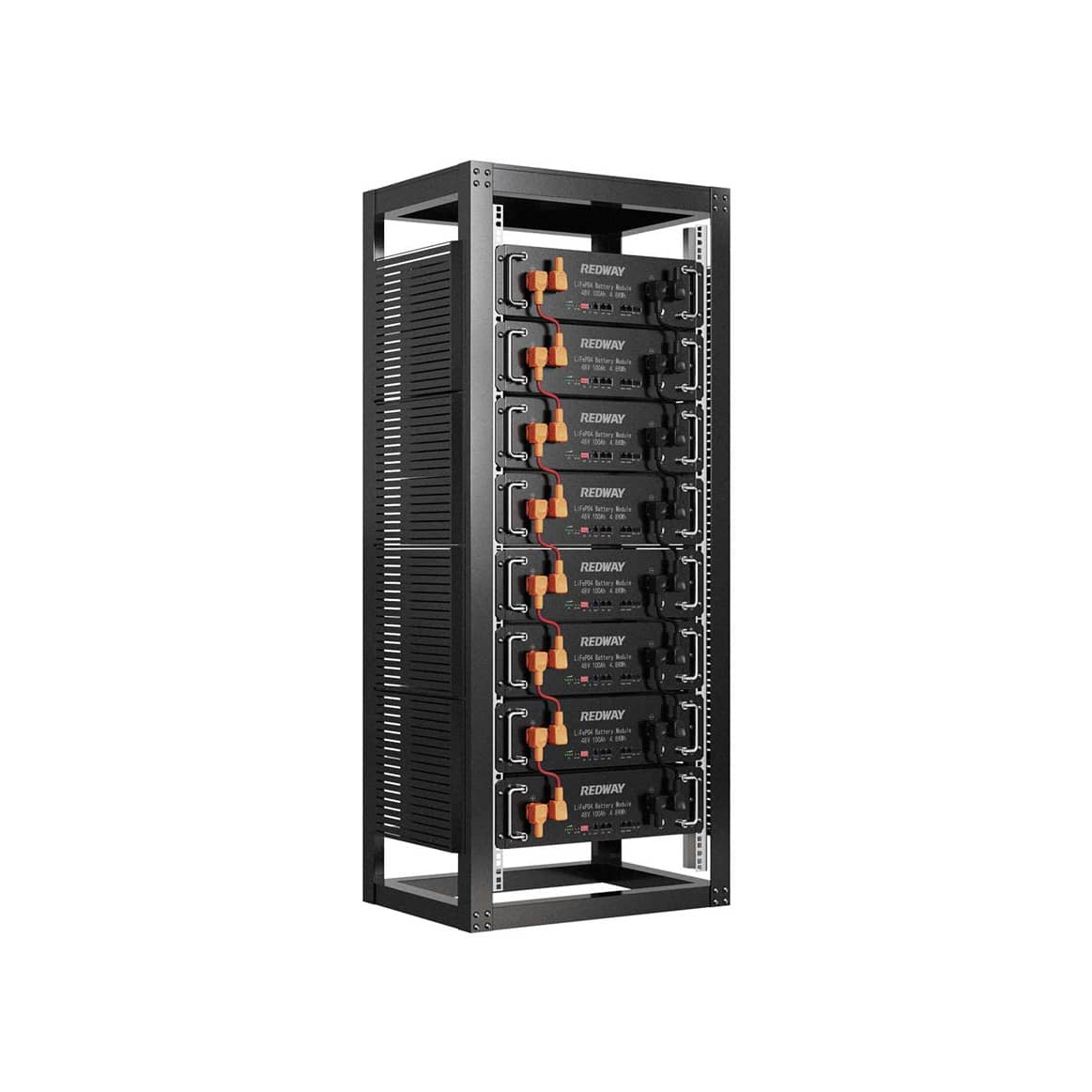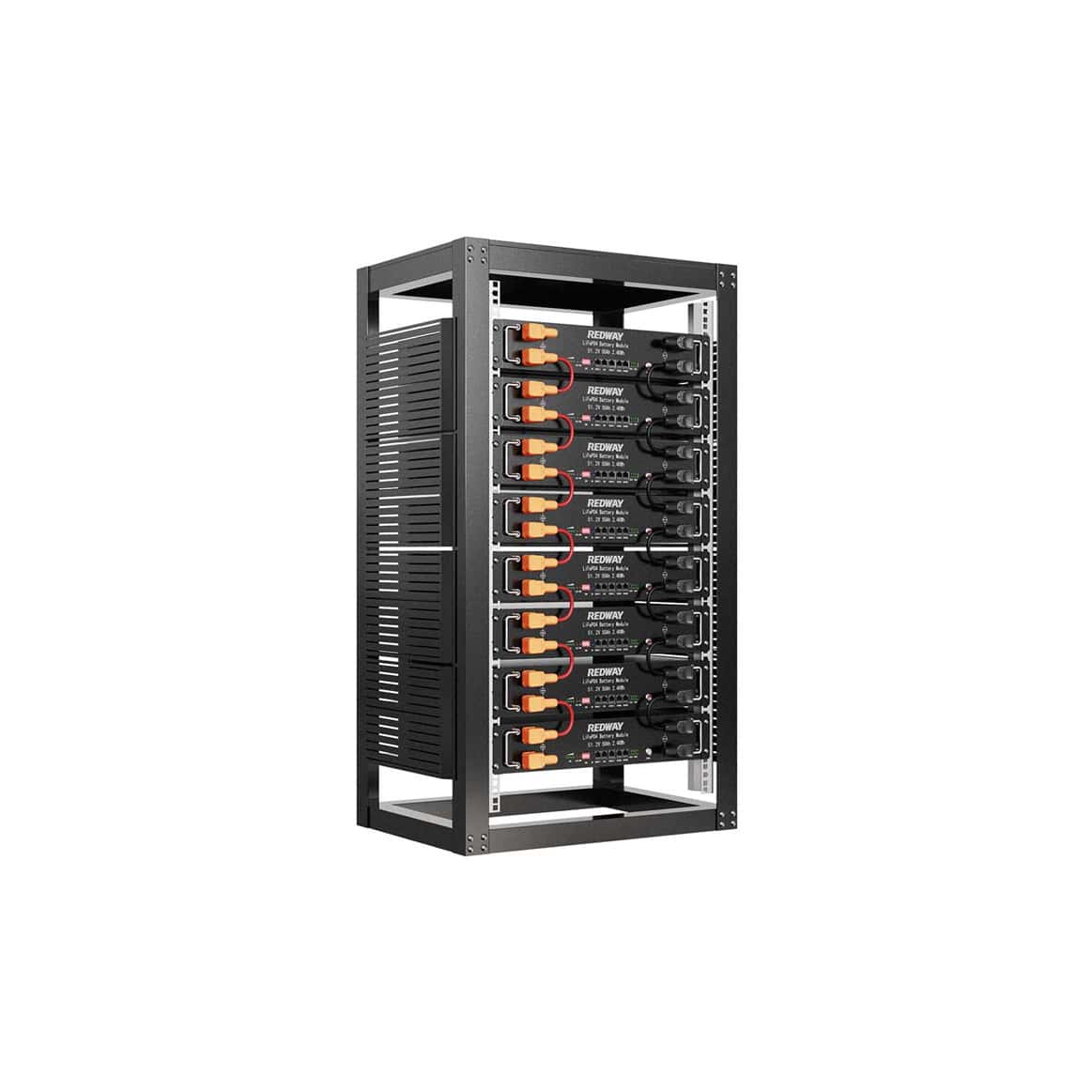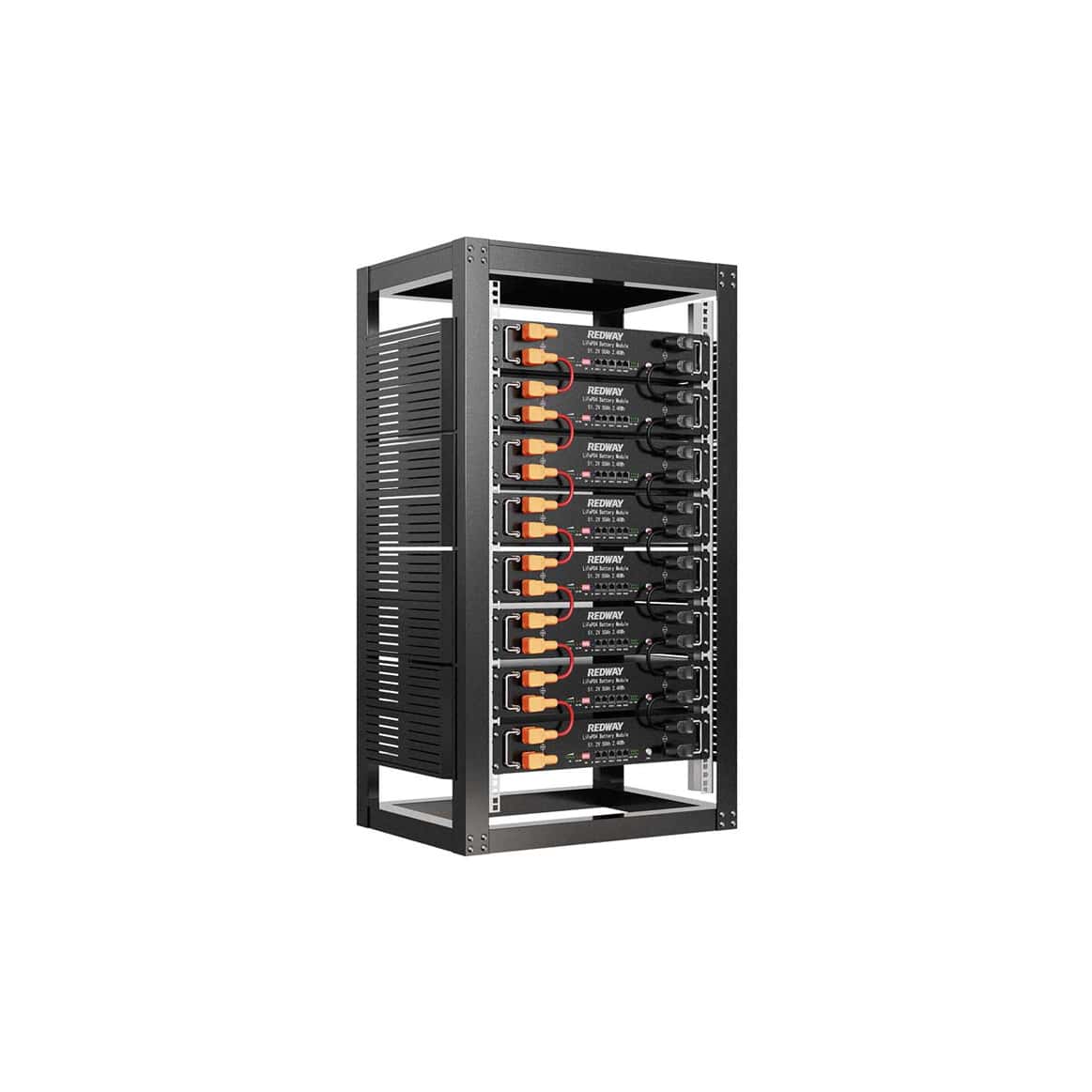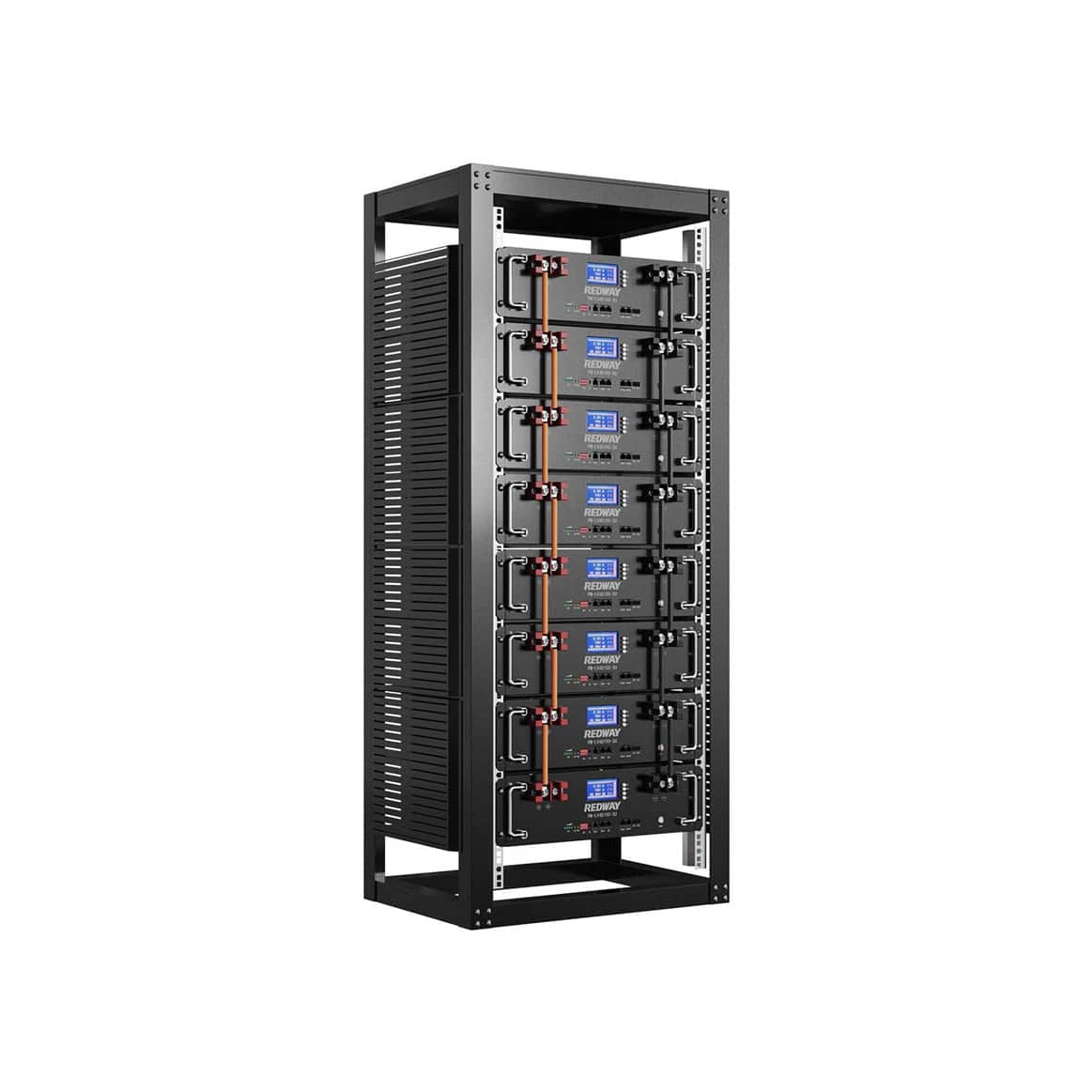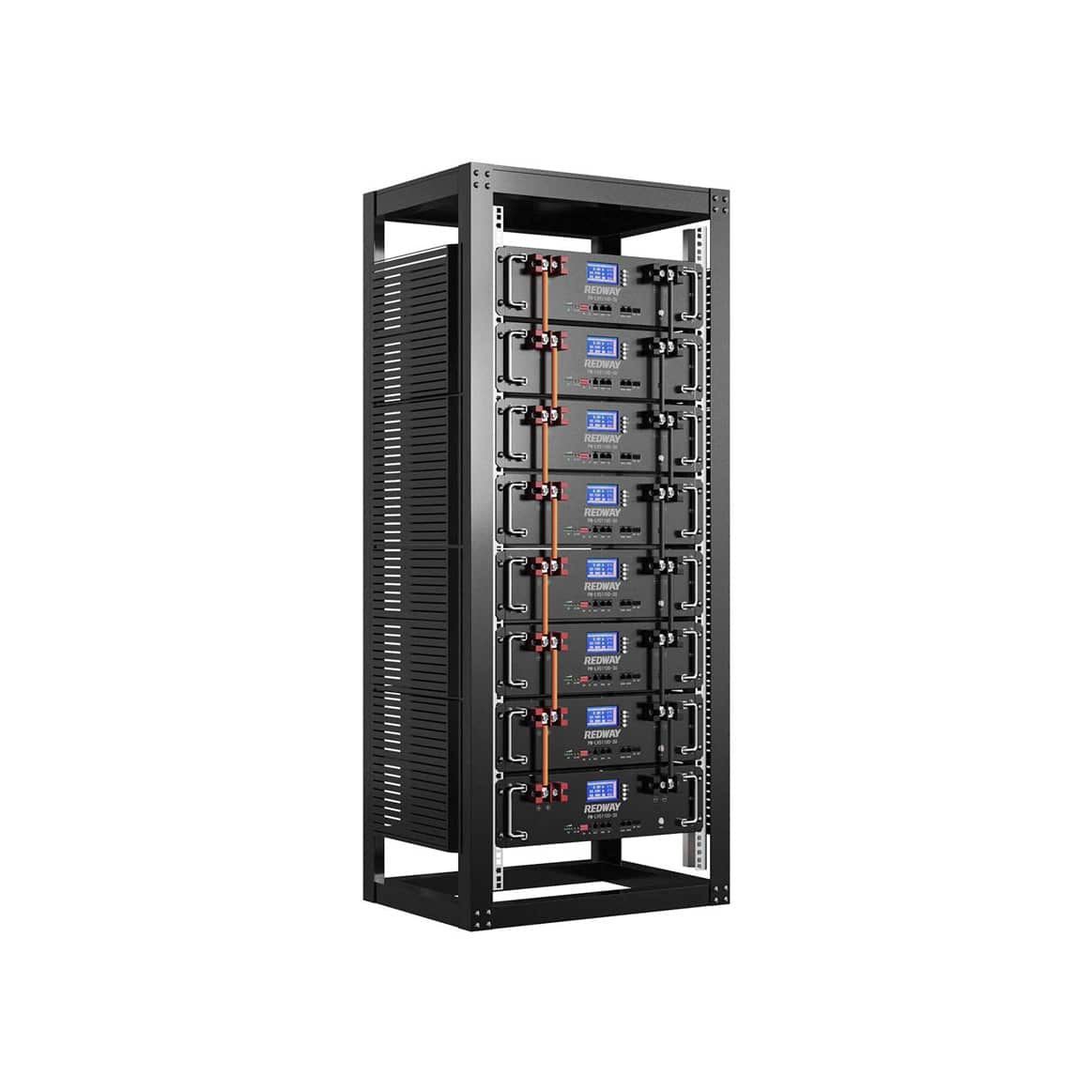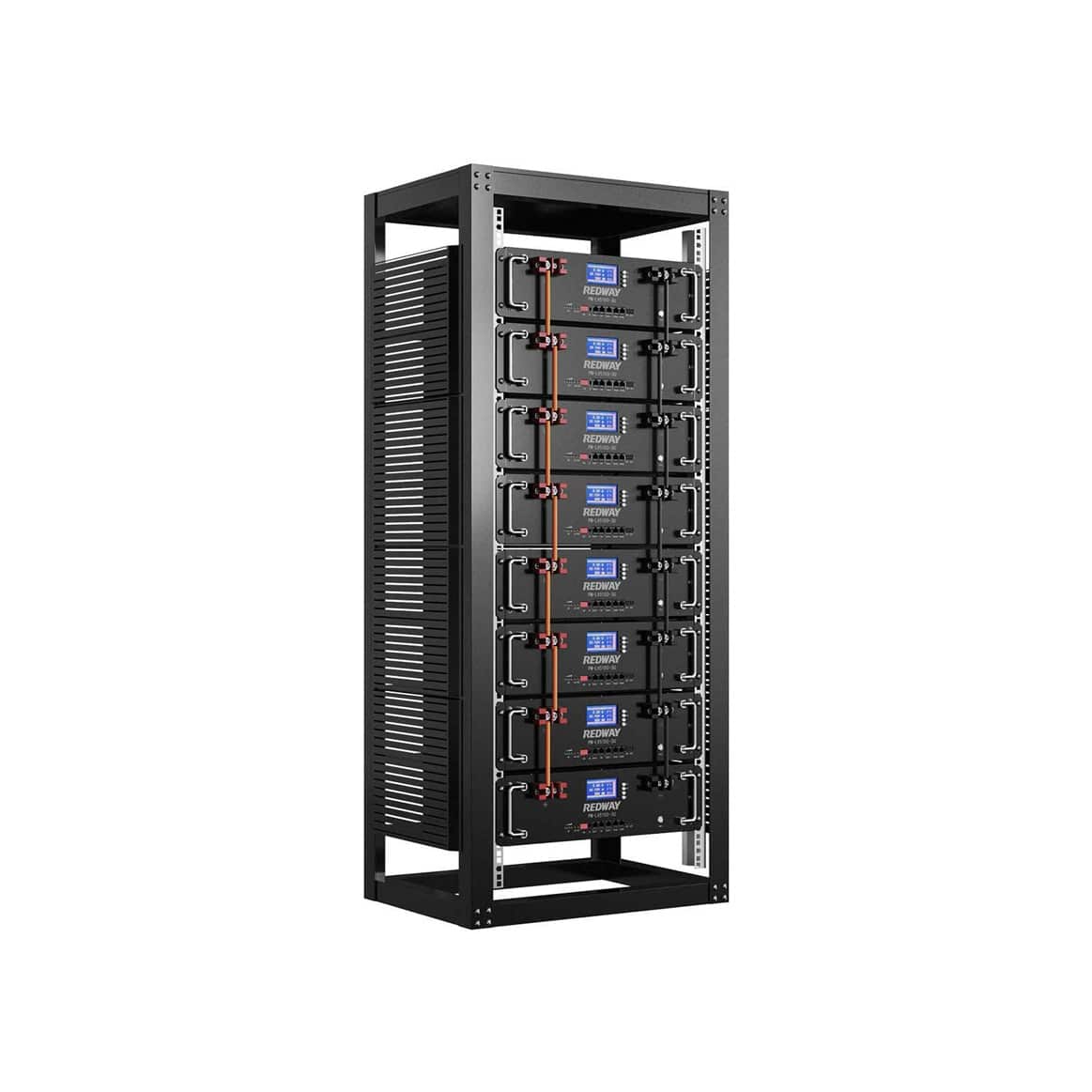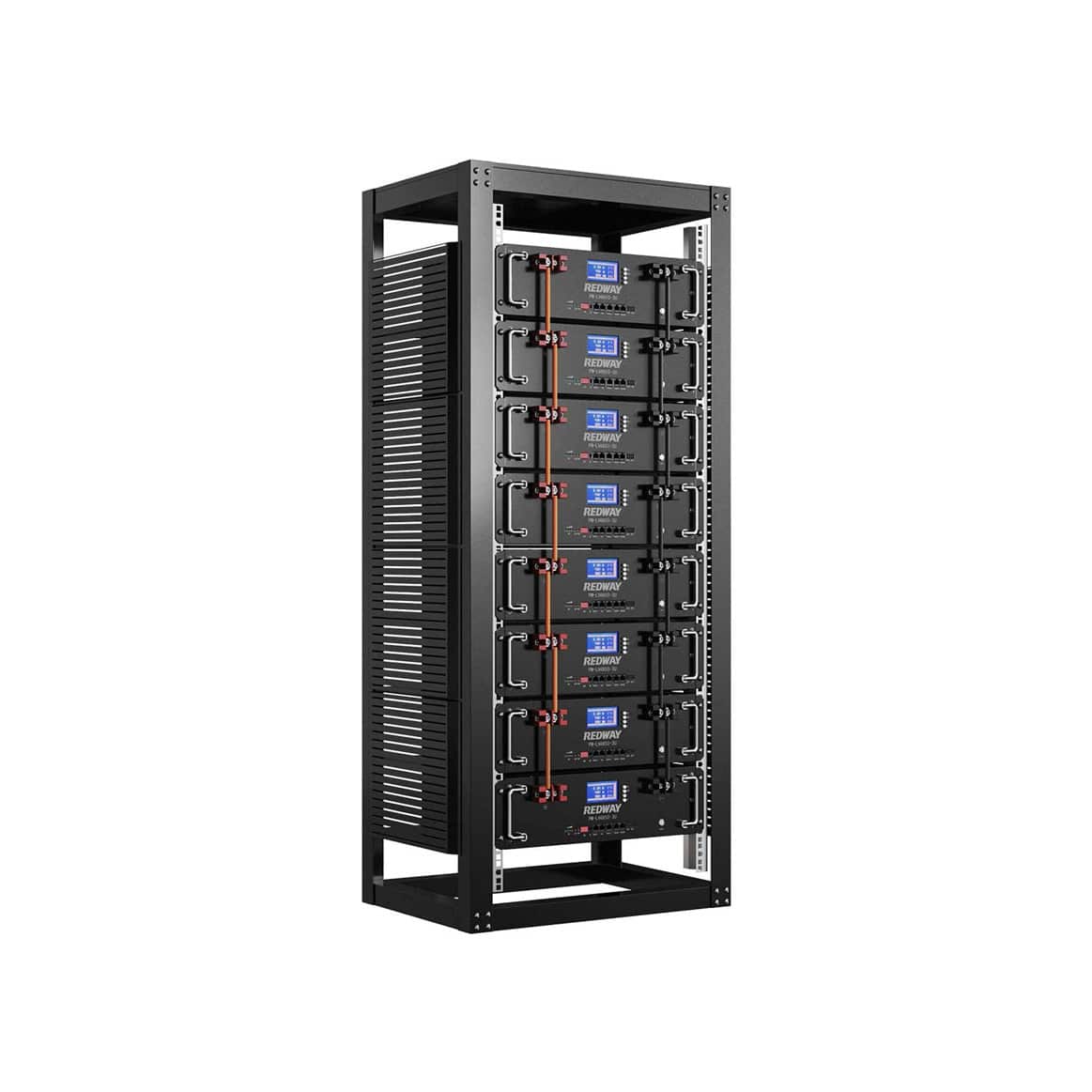Product Cateogries
Server Rack Batteries
Redway, a leading server Server Rack Batteries Manufacturer, offers high-quality, expandable batteries at competitive prices. Popular for off-grid power, these batteries feature advanced indicators and BMS for easy installation and scalability. Our custom racks and integrated team ensure tailored, reliable solutions. Our engineering team is available to collaborate with you in designing a Custom Server Rack Batteries solution that combines top quality with the most cost-effective pricing. Contact now for the latest pricelist.
All Redway Products Come with

DIDN’ T FIND WHAT YOU WERE LOOKING FOR?
CUSTOM RACK BATTERY SOLUTIONS
Redway Battery is at the forefront of providing Custom Server Rack Batteries solutions tailored to diverse needs. With a wide range of battery sizes and configurations, we cater to various applications, whether standard or unique. Our experienced engineering team guides you through the entire process, from design and development to testing and manufacturing. Our high-quality, high-capacity solar batteries are competitively priced and equipped with state-of-the-art features like charge indicators, communication systems, and high-quality BMS. These features not only simplify installation but also significantly enhance scalability. Contact us today for customized, reliable, and cost-effective battery solutions and the latest pricelist
DEDICATED FACTORY SUPPORT
Redway Battery is a renowned Custom Server Rack Batteries, specializing in delivering OEM/ODM solutions that cater to potential clients and customers. What distinguishes us is our exceptional dedicated factory support, supported by a team of expert engineers in our state-of-the-art facilities. This allows us to manufacture high-quality, innovative products.
Our prompt factory support emphasizes personalized service from design through to delivery, offering both flexible pricing and dependable products to meet OEM/ODM requirements.
LEARN BATTERY KNOWLEDGE
At Redway Battery, our team of battery experts is committed to sharing in-depth knowledge on new energy technologies. We're enthusiastic about creating both tailored and specialized battery solutions for a wide variety of electronic devices. We pride ourselves on providing the most current and professional battery information. By staying connected with us, you gain access to the latest practical insights and details on battery technologies and applications. Explore the world of batteries with us to unlock valuable resources and knowledge. Dive deeper into Battery Knowledge through these sections: Top 10 Posts, Redway News, Industrial News and Must-know Knowledge.

DOWNLOAD REDWAY PRODUCT BROCHURE AND SPEC
REDWAY PROMISE

QUALITY
6000 TIMES CYCLES
5 YEARS WARRANTY
10 YEARS DESIGN LIFE

CERTIFICATION
ISO9001,ISO14001, OHSAS18001, CE, CB, UL, KC, FCC, BIS, IEC62133.

SERVICES
EXW, FOB, DAP, DDP OPTIONAL T/T, L/C OPTIONAL
Related Knowledge
What is a server rack battery?
- Server Rack Battery Overview:
A server rack battery is a specialized type of battery designed specifically for server racks. Its primary purpose is to provide backup power to critical servers and network equipment. By acting as a reliable power source, server rack batteries ensure the continuity of operations in the event of power outages or fluctuations. - Backup Power for Server Infrastructure:
The main function of a server rack battery is to act as a backup power solution for servers and network equipment housed in server racks. These batteries offer a reliable and efficient power source, safeguarding the integrity of data and ensuring uninterrupted access to critical applications and services. - Modularity and Adaptability:
One of the key advantages of server rack batteries is their modularity. This means that they can be easily expanded or adjusted to meet the specific requirements of the server infrastructure. The modularity allows for scalability and flexibility, enabling organizations to tailor the backup power solution to their evolving needs.
Should battery racks be grounded?
- Ensuring Safety:
Grounding battery racks is a critical safety measure. By connecting the battery rack to the ground, any potential faults or short circuits can be safely discharged, reducing the risk of electric shocks. Grounding provides a path for the electrical current to flow safely away from human-accessible metal parts, ensuring the safety of individuals working with or around the battery rack. - Discharging Faults and Transient Voltage Spikes:
In the event of a fault or short circuit, grounding the battery rack allows the excess electrical energy to be discharged to the ground. This helps to protect the equipment and prevent damage to the electrical system. Grounding also helps to dissipate transient voltage spikes, which can occur due to lightning strikes or other electrical disturbances, ensuring the stability and reliability of the system. - System Stability and Performance:
Grounding battery racks contributes to the overall stability and performance of the electrical system. It helps to maintain proper voltage levels, reduce the risk of electrical interference, and ensure the efficient operation of connected equipment. By providing a reliable grounding connection, the battery rack can function optimally and deliver consistent and safe power supply.
How much power do I need for a server rack?
- Factors Affecting Power Requirements:
The power requirements for a server rack depend on several factors. These include the number of servers housed in the rack, their individual power consumption, the redundancy level desired, and the power requirements of other equipment such as switches and storage devices. Considering these factors is essential for accurately determining the power needed for the server rack. - Calculating Power Requirements:
To calculate the power needed for a server rack, multiply the number of servers per rack by the power consumption per server. This information can usually be found in the specifications provided by the server manufacturer. It’s important to account for any additional equipment in the rack and sum up the power requirements of all the components to get the total power needed for the server rack. - Planning for Future Growth:
When estimating power requirements for a server rack, it’s advisable to plan for future growth. Consider potential additions or upgrades to the server infrastructure and allocate sufficient power capacity to accommodate future expansion. This proactive approach helps avoid power constraints and allows for scalability as the needs of the organization evolve.
What voltage is a server rack?
- Voltage Requirements for Server Racks:
In the United States, the commonly used voltage for server racks is 208 volts. This voltage level is capable of meeting the power demands of servers and network equipment. It provides an efficient and reliable power supply to ensure the smooth operation of the infrastructure. - Consider Regional Variations:
It’s important to note that voltage requirements may vary in different countries or regions. It is essential to consult with electrical professionals and adhere to local standards and regulations when determining the appropriate voltage for a server rack. Compliance with these guidelines ensures safety, compatibility, and efficient power distribution. - Importance of Electrical Expertise:
When configuring the power supply for a server rack, it is advisable to seek the assistance of electrical professionals. They possess the knowledge and expertise to assess the specific requirements of the infrastructure and recommend the most suitable voltage level. Their guidance ensures optimal performance, reliability, and adherence to electrical safety standards.
Where do you put power in a server rack?
To ensure stability and prevent toppling, power supplies should be placed near the bottom of a server rack. Distributing weight evenly is crucial for maintaining balance. Positioning power supplies lower in the rack reduces the center of gravity, minimizing the risk of the rack tipping over. By following these best practices, you can create a secure and stable setup for your server rack.
- Distribute weight evenly: To ensure the stability of the server rack, it is important to distribute the weight evenly. By placing the heaviest components near the bottom, such as power supplies, the center of gravity is lowered, reducing the risk of the rack toppling over.
- Lower center of gravity: Positioning power supplies near the bottom of the rack effectively lowers the center of gravity. This helps maintain balance and stability, especially considering the potential weight of multiple power supplies and other equipment mounted in the rack.
- Easy access and maintenance: Placing power supplies near the bottom allows for easier access and maintenance. It facilitates efficient cable routing, ensuring a clean and organized setup. Additionally, proper positioning simplifies cable management and reduces strain on connections, enhancing overall reliability.
What is the average power per rack?
- Average power per rack: According to the Uptime Institute’s 2023 Global Data Center Survey, the average power density per rack in data centers is approximately 6kW. This means that, on average, each rack consumes around 6 kilowatts of power. It provides a benchmark for understanding the power requirements and planning capacity in data center infrastructure.
- Impact on data center operations: The average power per rack is an important factor in determining the overall power consumption and capacity planning of a data center. It helps data center operators assess the power infrastructure, cooling requirements, and energy efficiency measures. By understanding the average power per rack, organizations can optimize resource allocation and ensure the smooth operation of their data center facilities.
- Considerations for power requirements: When calculating power requirements for a server rack, factors such as the type and number of equipment, processing demands, and future scalability need to be taken into account. By accurately estimating power requirements, organizations can ensure sufficient power supply, prevent overloading, and maintain the reliability and performance of their server infrastructure.
How do you calculate power requirements for a server rack?
- Method 1: One approach to calculate power requirements is by multiplying the number of servers per rack by the kilowatts (kW) per server. This provides an estimate of the watts per square foot in the server room, giving insights into the power consumption of the rack.
- Method 2: Another method involves using the formula amps * volts = watts. By determining the amperage and voltage requirements of the equipment in the rack, you can calculate the total power needed. This formula helps in assessing the overall power equipment needs and ensuring that the rack is adequately powered.
- Accurate estimation: Calculating power requirements accurately requires considering factors such as the type and number of servers, their power consumption, and any additional equipment in the rack. It is essential to account for future scalability and potential power spikes to ensure sufficient power capacity.
Know more:
How to Choose the Best 12V Server Rack Battery for Your Needs
How to Choose the Best Server Rack Battery
How to Choose the Best Rack Mounted Storage Battery for Golf Carts
Why Custom Server Rack Battery LiFePO4 Solutions Are Essential for Modern Energy Needs

